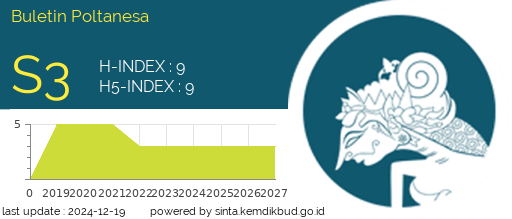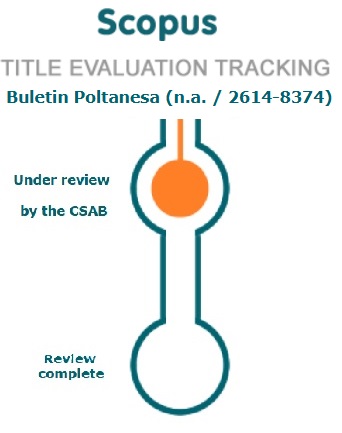Submissions
Copyright Notice
Content Licensing, Copyright, and Permissions
License
All content published in Buletin Poltanesa is licensed under a Creative Commons Attribution-ShareAlike (CC BY-SA) license. This license allows others to share, copy, redistribute, adapt, remix, transform, and build upon the material for any purpose, even commercially, as long as appropriate credit is given to the original author(s) and Buletin Poltanesa, a link to the license is provided, and any changes made are indicated. Any derivative works must be distributed under the same license as the original. While the content is freely accessible and can be shared under the terms of the CC BY-SA license..
The copyright of this article is transferred to Buletin Poltanesa -Politeknik Pertanian Negeri Samarinda, when the article is accepted for publication. the authors transfer all and all rights into and to paper including but not limited to all copyrights in the Buletin Poltanesa. The author represents and warrants that the original is the original and that he/she is the author of this paper unless the material is clearly identified as the original source, with notification of the permission of the copyright owner if necessary.
A Copyright permission is obtained for material published elsewhere and who require permission for this reproduction. Furthermore, I / We hereby transfer the unlimited publication rights of the above paper to Poltanesa. Copyright transfer includes exclusive rights to reproduce and distribute articles, including reprints, translations, photographic reproductions, microforms, electronic forms (offline, online), or other similar reproductions.
The author's mark is appropriate for and accepts responsibility for releasing this material on behalf of any and all coauthor. This Agreement shall be signed by at least one author who has obtained the consent of the co-author (s) if applicable. After the submission of this agreement is signed by the author concerned, the amendment of the author or in the order of the author listed shall not be accepted.
Privacy Statement
The names and email addresses entered in this journal site will be used exclusively for the stated purposes of this journal and will not be made available for any other purpose or to any other party.








